The Ultimate Guide to Harajuku Fashion: A Bizarre and Colorful World
Harajuku is often referred to as the birthplace for the loud and colorful styles of Japanese youth.
It is well-known not only in Japan, but also by fashion-savvy individuals living abroad. This district in Tokyo is truly influential. In this article we’ll briefly look at how Harajuku came to be so well-known and the most famous styles that are associated with it.

Harajuku is the birthplace of Japan’s most outrageous fashion
Harajuku, a district that is very popular in Tokyo, has been synonymous with Japanese youth fashion. It is just a few stops from Shibuya and Shinjuku, two major districts in Tokyo that are popular with young people. Takeshita Street is the most visited place in Tokyo. It is a 400-meter-long shopping street lined with a variety of boutiques, dessert shops and variety shops.
Harajuku’s fashion style is extremely popular in Western countries, such as the United States. It is loved by celebrities like Gwen Stefani (who named her first solo concert tour “Harajuku Lovers”) and Lady Gaga, who are said to frequent the shops in the area.
Harajuku’s history of being a fashion hub dates back to the 1970s, when many fashion shops and buildings were built there. The area was a popular place for fashion shopping among Tokyo’s young people.
This growth and popularity of Harajuku’s trends has led to it being recognized abroad as a source of unique Japanese styles. It is why its name has been so well-known all over the globe.
What is the Lolita Fashion Subculture?
Although there are many fashion options in the area, Harajuku fashion can be interpreted in many different ways. However, there are some easily identifiable Harajuku styles that are being followed closely by many Tokyo’s young fashionistas.
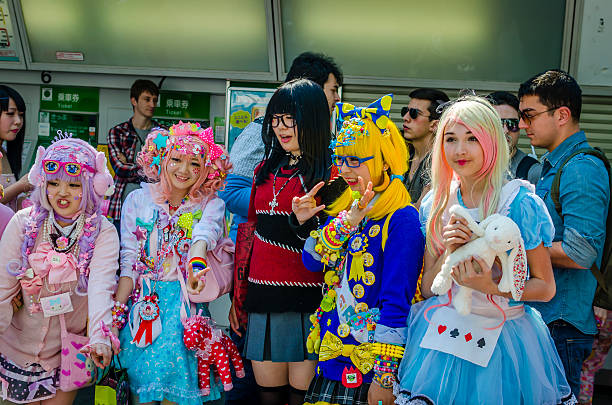
The lolita style is one example. The term lolita is a Western term that was popularized by Vladimir Nabokov’s novel “Lolita”. Japanese lolita, on the other hand, refers to a style that draws inspiration from Victorian-era clothing.
Lolita clothing is best known for its big ruffled skirts. They also have frilly bows and hats to add style. Ankle socks are paired with Mary Jane shoes, or high heels. Lolita fashion’s color scheme is another distinctive characteristic. Lolita outfits are often made in pastel colors like baby blue and light pink. There is also a subculture of gothic lolita that uses the same style elements, but in darker colors like black and red.
In the 2000s, lolita fashion reached its peak. The style was first popularized in mainstream media. This was the time that “Gothic & Lolita Bible” was first published.
The first tells the story about two friends with different backgrounds. One was a Lolita fashion boy and the other was an juvenile delinquent. The magazine and book combination ‘mook’ covered different fashion trends within the lolita/gothic lolita subcultures. The mook’s English version was published in 2008; the Japanese version was first published back in 2001. Unfortunately, the English version went out of print in May 2017.
What is Visual Kei?
Harajuku is also associated with visual kei. Visual kei, unlike the lolita fashion, isn’t just a fashion style. It is an important movement in the Japanese music scene.
This style can be compared to glam rock from the West. It is characterized by musicians sporting flashy, flamboyant looks that include strong makeup and unusual hairstyles. However, visual kei is not considered a type of music like glam rock. Visual kei is often thought to be a style that is performed by rock musicians, but there are some electronic and pop musicians who use this style.
This movement was born out of the underground scene that existed in Japan in the 1980s. It was a way for musicians to take inspiration from loud, flamboyant styles such as Kiss and David Bowie.
As the popularity of the movement grew, visual kei bands in Japan began to see increasing record sales and a larger fanbase. Many artists and bands from Japan with visual kei roots have become household names in Japan’s music industry. Glay, Malice Mizer and X Japan are just a few of the many names that have emerged from this movement. They have all had chart-topping hits, and have sold millions of records across Japan.

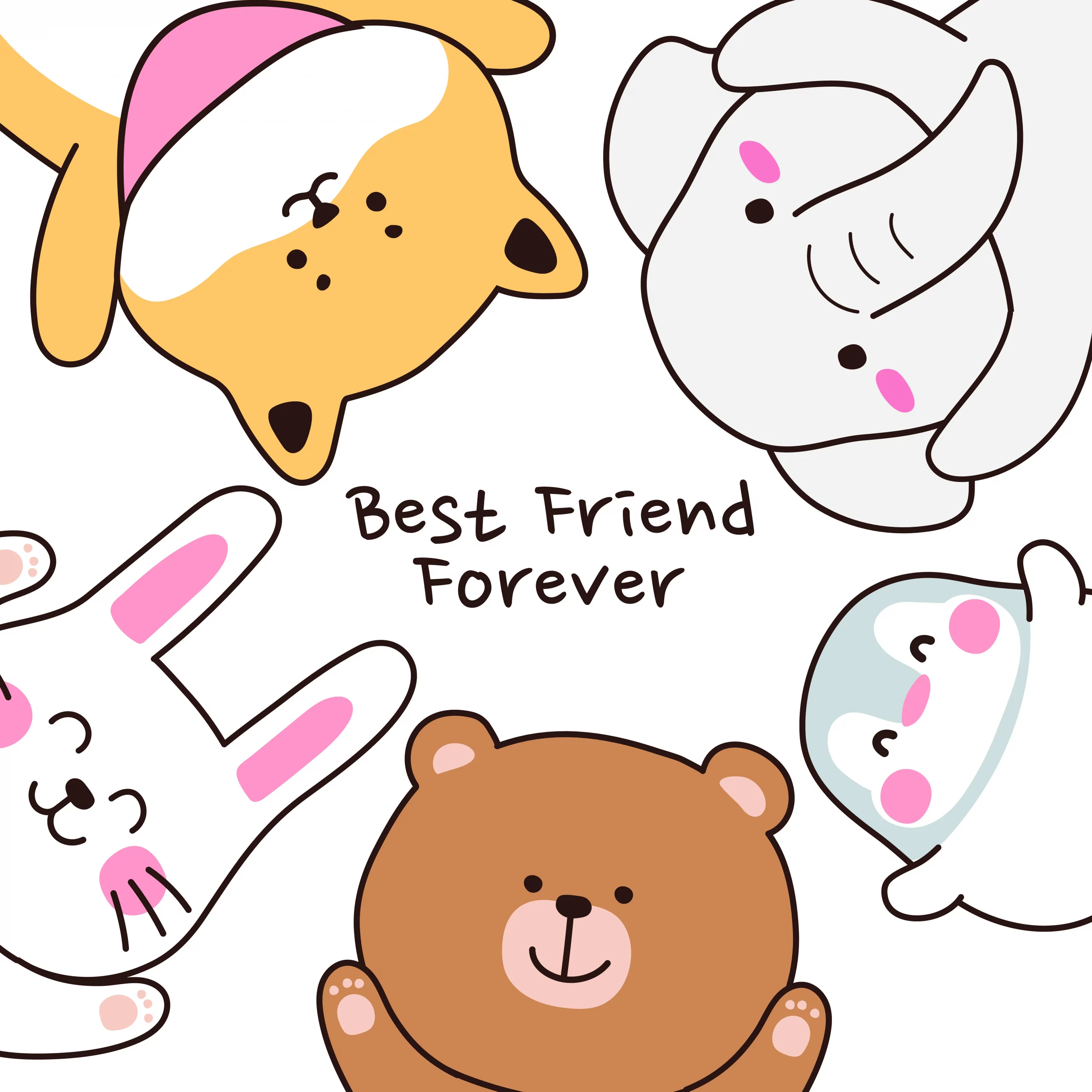
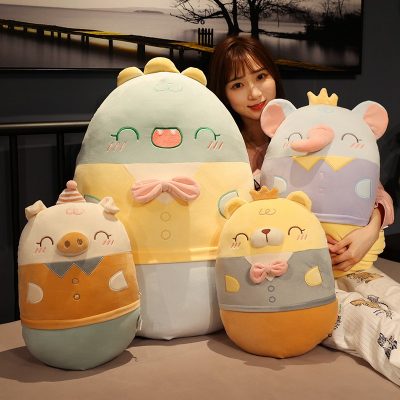
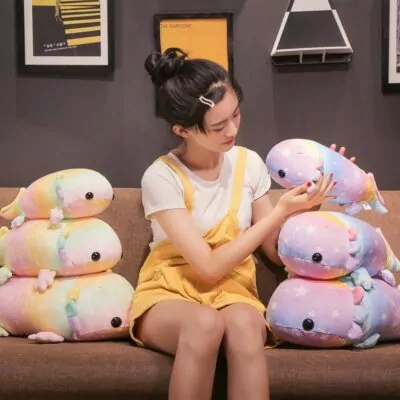
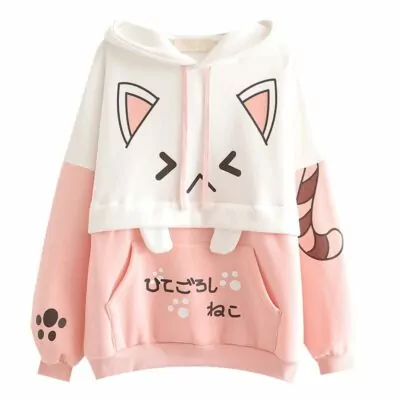

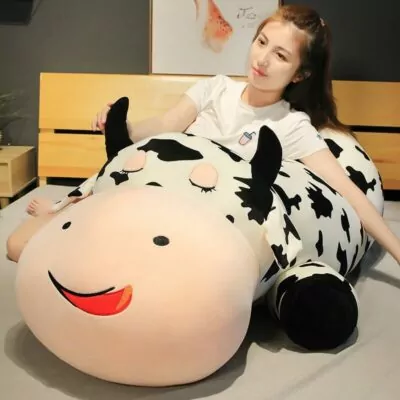
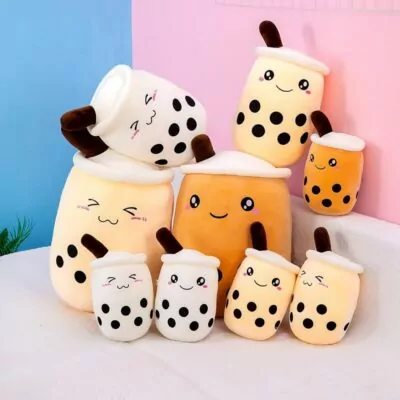
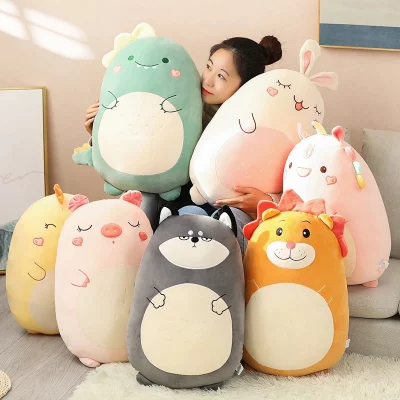



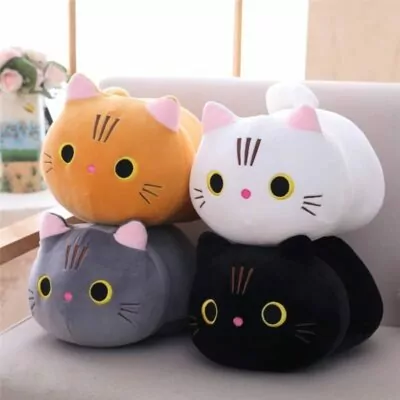


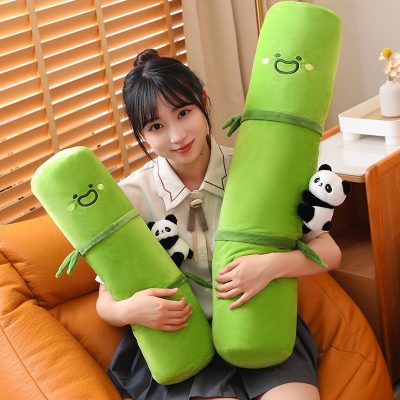
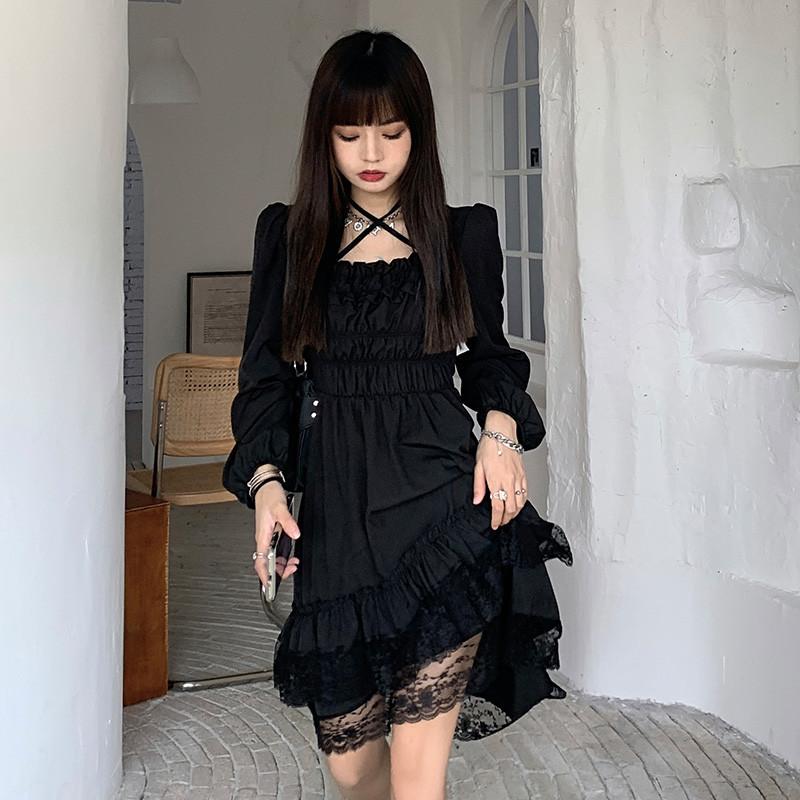
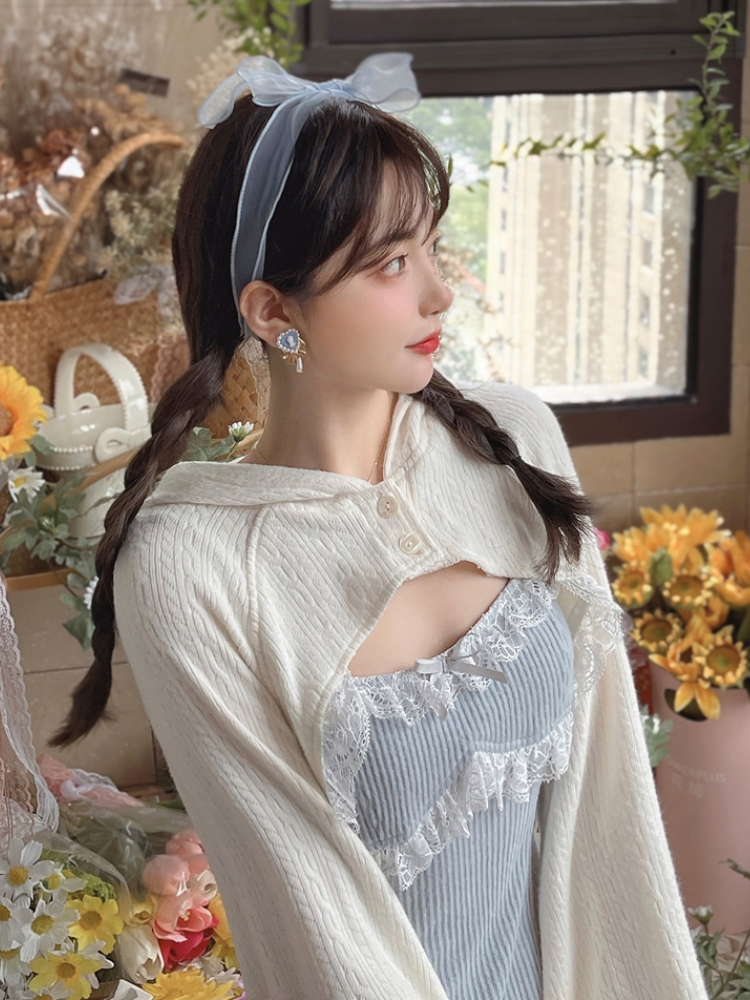
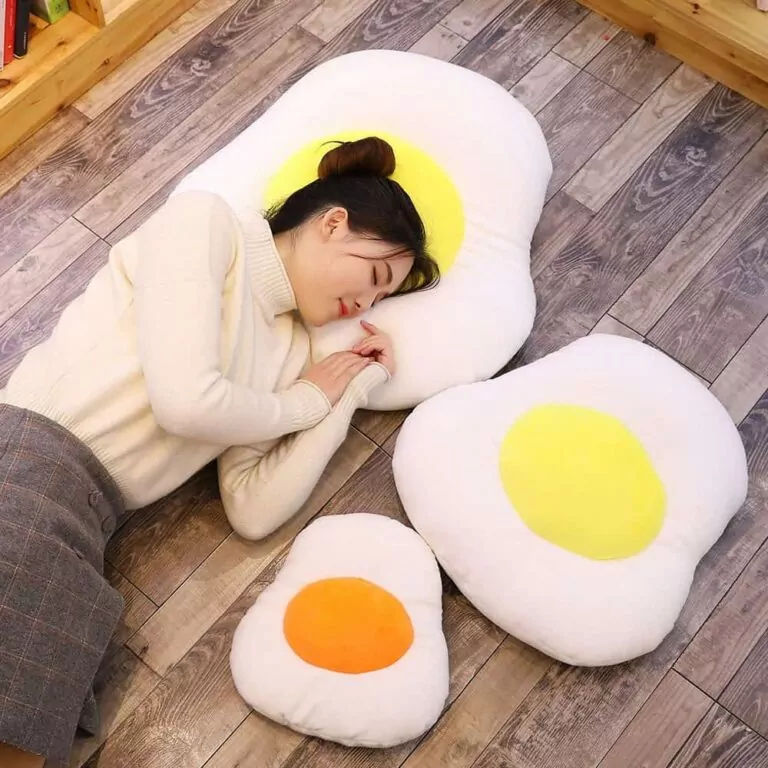
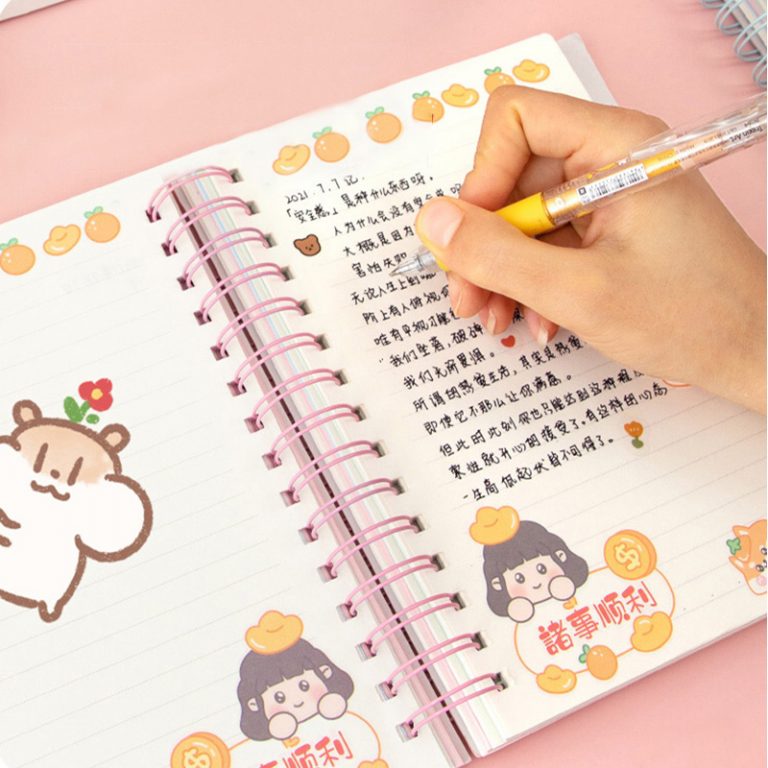




Leave a comment
You must be logged in to post a comment.